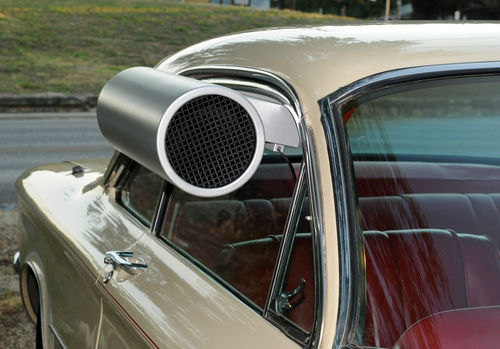I have a question for the HPC computing people on Nekochan.
Does anyone have an idea on the price of 3M Novec dielectric liquid fluid? I'm interested in the idea of doing a liquid immersion cooling experiment on a PC and would like to get a ballpark idea of the cost for the fluid before I call any 3M sales guys and try to buy enough to fill a small fishtank.
This was inspired by looking an article on ITWORLD Intel and SGI test full-immersion cooling for servers and from looking at the work done by http://www.iceotope.com/
Does anyone have an idea on the price of 3M Novec dielectric liquid fluid? I'm interested in the idea of doing a liquid immersion cooling experiment on a PC and would like to get a ballpark idea of the cost for the fluid before I call any 3M sales guys and try to buy enough to fill a small fishtank.
This was inspired by looking an article on ITWORLD Intel and SGI test full-immersion cooling for servers and from looking at the work done by http://www.iceotope.com/
Andrew Hazelden, VFX Artist
Personal Blog: www.AndrewHazelden.com
 SGI O2, 195 MHz R10K, 320 MB ram, AV1 Video i/o card, 36GB HD
SGI O2, 195 MHz R10K, 320 MB ram, AV1 Video i/o card, 36GB HD
Personal Blog: www.AndrewHazelden.com
 SGI O2, 195 MHz R10K, 320 MB ram, AV1 Video i/o card, 36GB HD
SGI O2, 195 MHz R10K, 320 MB ram, AV1 Video i/o card, 36GB HD

















